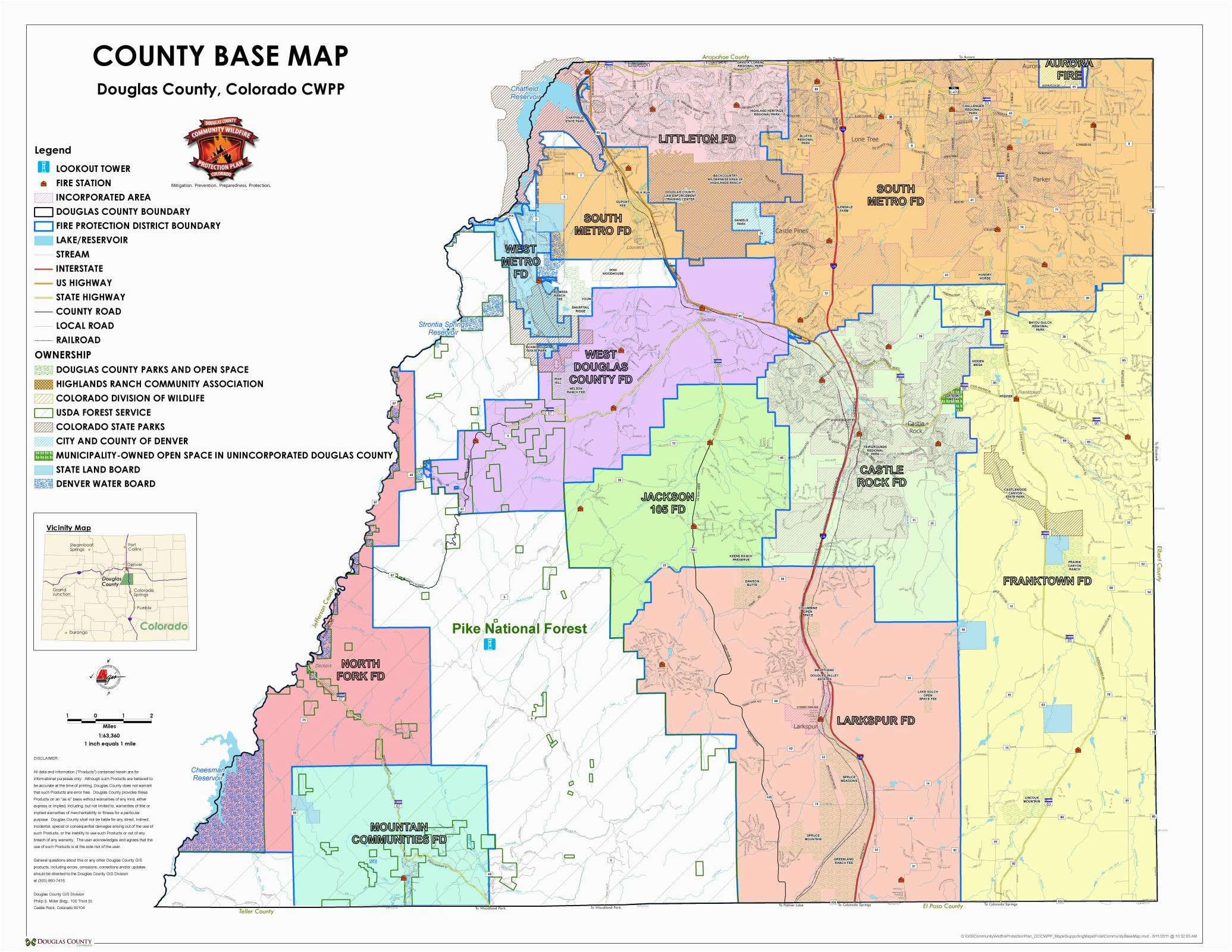Determining the assessed value of properties is a crucial responsibility for tax assessors, directly impacting the amount of property taxes homeowners owe. In El Paso County, Colorado, tax assessment processes have drawn scrutiny, raising concerns about equity, transparency, and the overall effectiveness of the county's tax system. This essay critically examines the complexities of El Paso County's Tax Assessor's office, analyzing different perspectives, engaging with relevant research, and examining the implications of its findings.
A primary concern with El Paso County's tax assessments is the disparity in valuations between comparable properties. A study by the El Paso County Taxpayers' Association found significant discrepancies in valuations, with some homes being assessed at 20% below market value while others were assessed at 10% above market value. These discrepancies can lead to inequitable property tax burdens, with some homeowners paying significantly more in taxes than their neighbors with similar homes.
El Paso County primarily relies on an automated valuation model (AVM) to assess properties. AVMs use a combination of data, including sales records, neighborhood characteristics, and property features, to estimate market value. However, AVMs have limitations, particularly in rapidly changing real estate markets. Critics argue that El Paso County's AVM is outdated and does not accurately reflect current property values, leading to inaccurate assessments.
Another concern is the lack of transparency surrounding El Paso County's tax assessment process. Homeowners have limited access to information about how their properties are assessed and the factors influencing their valuations. Additionally, the appeals process is complex and difficult to navigate, making it challenging for homeowners to challenge inaccurate assessments. The lack of transparency and limited appeal rights undermine public trust in the tax assessment system.
The El Paso County Tax Assessor is responsible for overseeing the property tax assessment process. The assessor has the authority to set assessment standards and ensure that properties are valued fairly and equitably. However, some critics question the assessor's independence and accountability. The assessor is appointed by the county commissioners, raising concerns about potential political influence in assessment decisions.
In light of the challenges faced by El Paso County's tax assessment system, some have proposed alternative approaches to property valuation. One alternative is a hybrid system that combines AVMs with human judgment. This approach could potentially improve accuracy while preserving the benefits of automation. Another alternative is a self-assessment system, which would empower homeowners to determine the fair market value of their own properties.
The complexities of El Paso County's Tax Assessor's office present significant challenges to the equitable and effective administration of property taxes. Disparities in property valuations, concerns over appraisal methods, limited transparency, and questions about accountability have led to a lack of public trust in the system. While alternative assessment approaches offer potential solutions, they require careful consideration and implementation to ensure fairness, accuracy, and transparency.
The findings of this examination have broader implications for tax assessment practices across the country. They highlight the need for transparency, accountability, and continuous improvement in property valuation systems. By addressing the challenges faced by El Paso County, policymakers and tax administrators can strive to establish more equitable and efficient property tax systems that contribute to the fair and equitable distribution of resources within their communities.
Mansfield News Journal Your Window To The World Delivering Global News
Terry Flenory Release Dateabout



